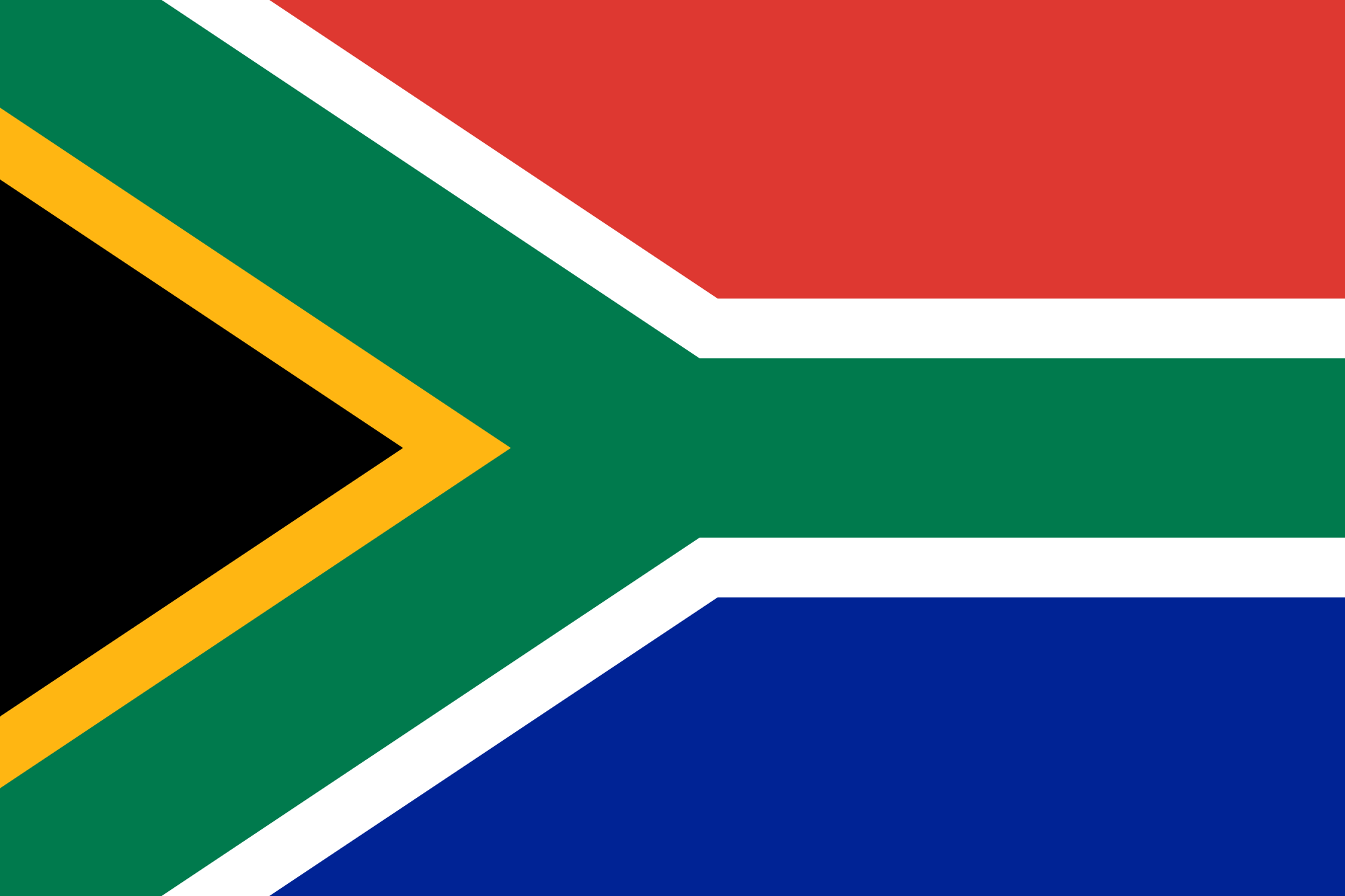South Africa’s big four banks spend IT big
The big four retail and commercial banks in South Africa – Standard Bank, Absa/Barclays Africa, FirstRand and Nedbank – have been upping their games in information technology (IT) expenditure.
For the year ended 30 June 2016, they spent in excess of ZAR 30 billion ($2.2 billion) on IT projects and modernisation – and that includes staff costs.
Standard Bank set the standard as it spent nearly ZAR 14 billion ($1 billion). One of its launches saw its existing banking app introduced to four additional African markets – Uganda, Namibia, Ghana and Botswana. And it has plans to roll it out to Nigeria, Kenya, Zambia and Zimbabwe by the end of 2016.
It has also been implementing SAP’s core banking system in its home market for a number of years (a difficult and costly project) and Infosys Finacle across the rest of Africa since 2013. Standard Bank’s plan is to spend up to ZAR 21.5 billion ($1.5 billion) on these projects between 2012 and 2017.
In terms of IT expenditure, Barclays Africa and FirstRand spent ZAR 7.2 billion ($525 million) and ZAR 6.8 billion ($496 million) respectively. Impressive figures but that combined amount is equal to Standard Bank.
Earlier this year, Barclays Africa demonstrated some innovation and piloted a chatbot, making it the “first bank” to do so in Africa. The chatbots use artificial intelligence (AI) to simulate “intelligent conversation” through written or spoken text.
But it’s worth noting that Barclays will sell its 62% stake in Barclays Africa over the coming few years and then focus on two divisions – Barclays UK and Barclays Corporate and International.
For Nedbank its IT spend was nearly ZAR 4 billion ($290 million). As Banking Technology reported, the bank has been in system selection mode since last year as it looks to modernise its domestic banking operations. It is currently running a number of in-house and third party solutions, including CSC’s Hogan. The renovation project is estimated to be worth over $1 billion.
All the big four banks have multiple legacy and mainframe IT systems which require investment, and last year, Nedbank’s CIO Fred Swanepoel said its strategy is to “rationalise, standardise and simplify” its IT systems.
Nedbank plans to get the number of core banking systems down to 60, from 250 in 2010. As of 2014, it has got it down to 176. This was helped by the implementation of SAP’s enterprise resource planning software, which reduced the number of systems from 43 to one.
And there might be a brand new, full-service retail bank in South Africa soon. Discovery, one of the country’s largest health insurers, is planning to muscle into the banking sector and is in system selection mode.












































